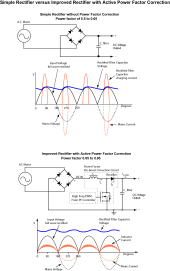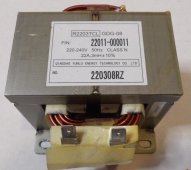From my IoTaWatt, My MrSlim's (c.2009) are about 53%PF. Utility does not care since total PF is around 0.93.
If your inverter doesn't have much headroom then VA does matter. The battery just sees the real power though.
Battery sees real power, but battery also sees additional power loss from inverter and battery cabling from a poor power factor AC load.
From just a power factor number, it varies as the load on HV DC power supply is varied with speed of compressor. There are electronic power factor correcting power supplies which are usually a pre-boost DC to DC converter to inject filter capacitor charging in a near sinewave current profile across the whole AC input cycle.

For mini-splits with simple rectifier-filter AC to HV DC conversion, talking in terms of crest factor is probably better than power factor. Crest factor is ratio of peak current to rms current. A load that only absorbs power during short period of time at the sinewave voltage peaks will have a high current crest factor.
HF inverters have more issues with high crest factor loads than LF inverters. PWM L-C filters in modern sinewave inverters do not like high crest factor loads. It can cause ringing, typically in 2 kHz to 4 kHz range, at the corner cutoff freq of L-C filter. The ringing screws up the AC output feedback sensing regulation causing instability of inverter AC output voltage. (causing 'flickering' LED lights) Many cheap HF inverters start to have problems when AC output load power factor gets lower than about 0.8.
The nebulous '0.9' power factor spec you see on many inverter specs only relates to AC input power factor when charging battery from AC input. They have a good power factor for battery charging from AC input due to their synchronous rectification and sinewave PWM profile regulation of current drawn from AC input when charging battery.
Many of the larger btu rating, 240vac mini-split units have a choke between rectifiers and HV DC filter capacitors which improves PF a bit to around the 0.75 range. It does reduce the peak AC current by about half which is significant.
Without the choke inductor, the peak current can be up to 6-10 times the rms AC current which for larger btu units can create issues with house wiring voltage drop to unit. A hybrid inverter on batteries or a generator will definitely have problems with the high peak current.
A pure resistive load, like a heating element, has an AC current crest factor of 1.414 times the rms current value and a power factor of 1.0..





